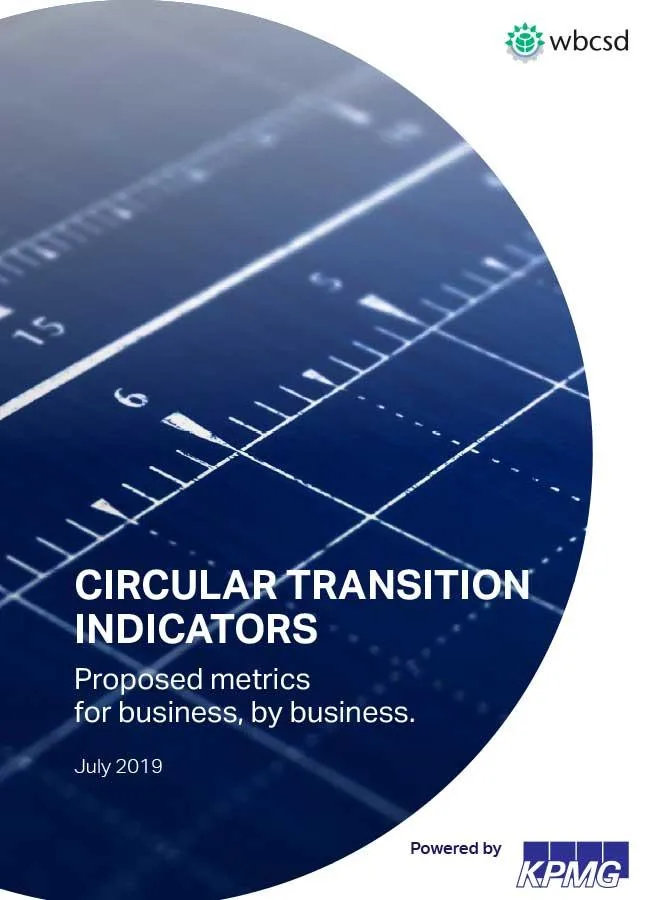Circular Transition Indicators
Published: July 25, 2019

Today, our world is 9 % circular. As the pressure to shift from linear to more circular ways of doing business increases, the good news is that the opportunity to improve stands at 91%. The momentum to transition is growing and both the private and public sectors are beginning to set ambitious circular targets. Transparency and alignment are critical to establishing a common language across industries and governments.
For this reason, some 25 global companies came together under Factor10 to co-create Circular Transition Indicators. Their objective was to establish a harmonized set of indicators that help them identify circular opportunities and linear risks and determine their circular priorities and targets.
The Circular Transition Indicators | Proposed metrics for business, by business are open for public consultation. This is the first introduction of the working group’s proposal on how the business community can calculate and talk about circular economy, in order to connect with value chain partners and work towards collective transformation.
We invite anyone to download and read the document and share your feedback to the proposed circular metrics with us. The period for public consultation will be open until 31 August 2019. Feedback can be provided through the online feedback form at the link here: www.surveymonkey.com/r/circular_transition_indicators
We are pleased to offer four webinars throughout August to present the Circular Transition Indicators. Additionally, these webinars will provide an opportunity to ask questions and discuss the framework with the WBCSD team. Registration for anyone of the webinars can be done at the link here: https://wbcsd.zoom.us/j/438528787
After the feedback period, the Working Group will consider and process all feedback towards the next stage of the project. The final methodology and implementation tool (in development) will be published in January 2020.
We’ll only reach our shared destination of the SDGs or Paris Agreement by moving towards a circular economy. We hope the proposed Circular Transition Indicators serve as that measuring stick that illustrates how close to our destination we are today.